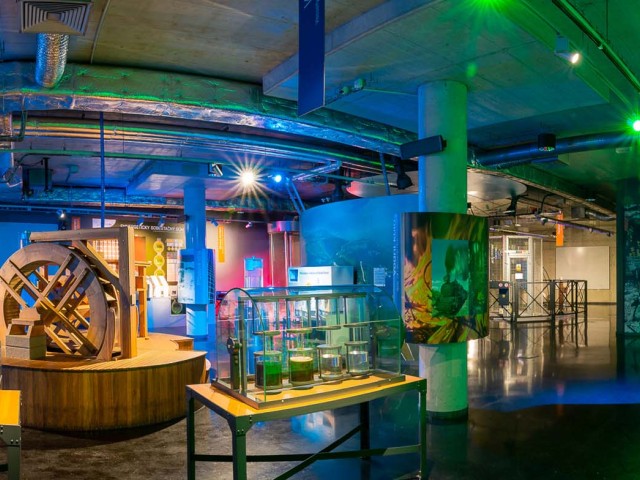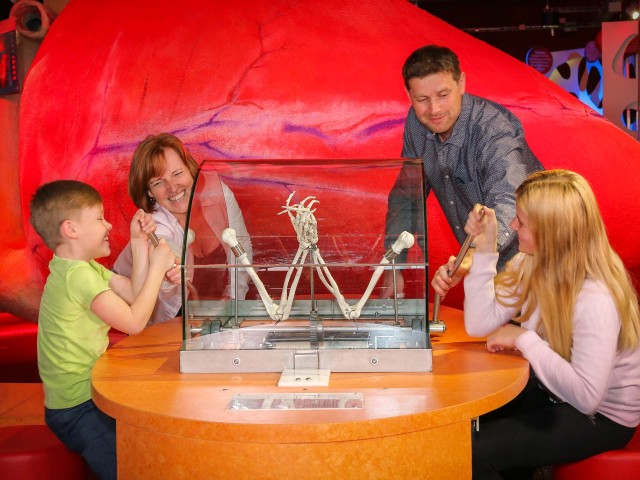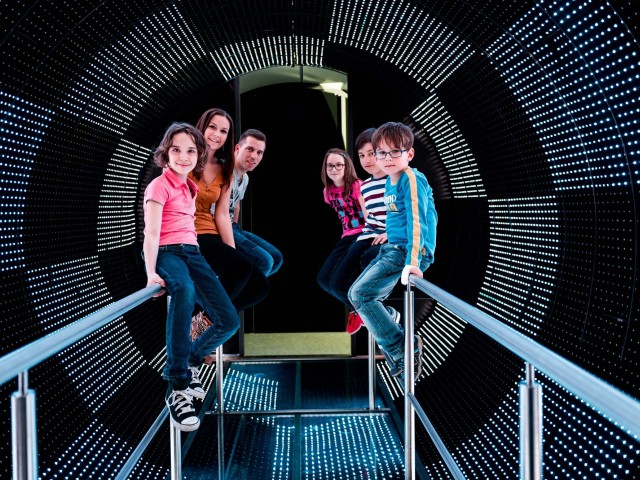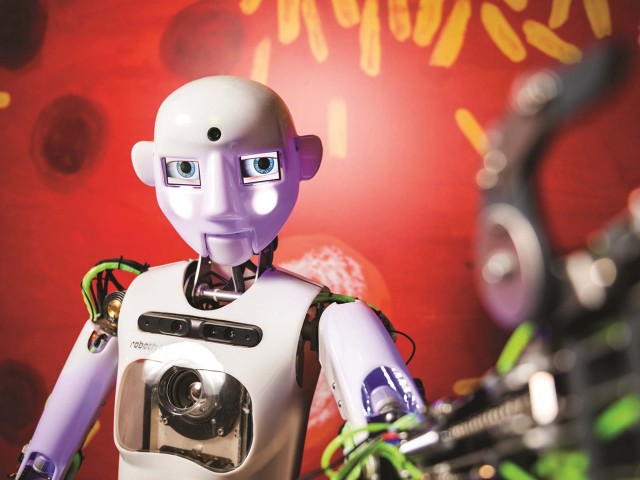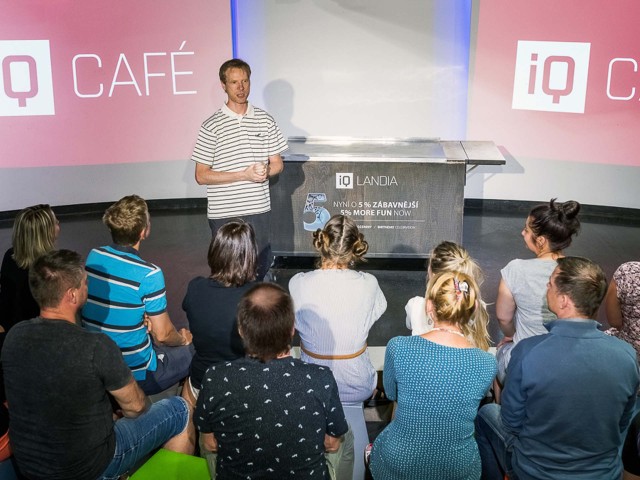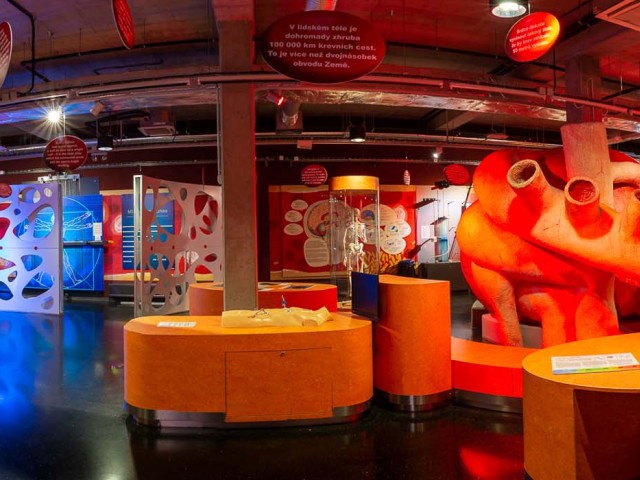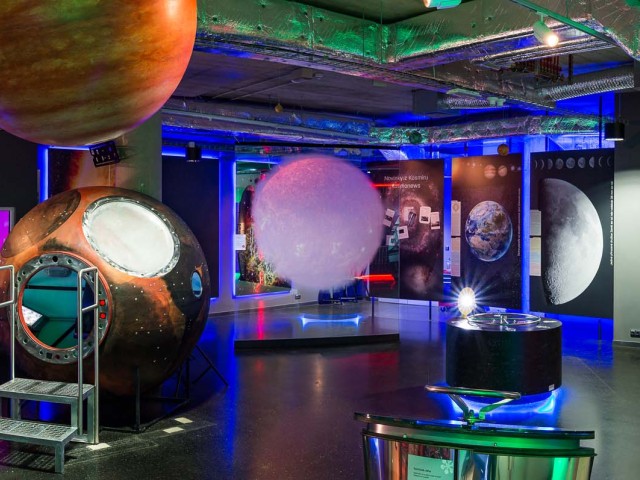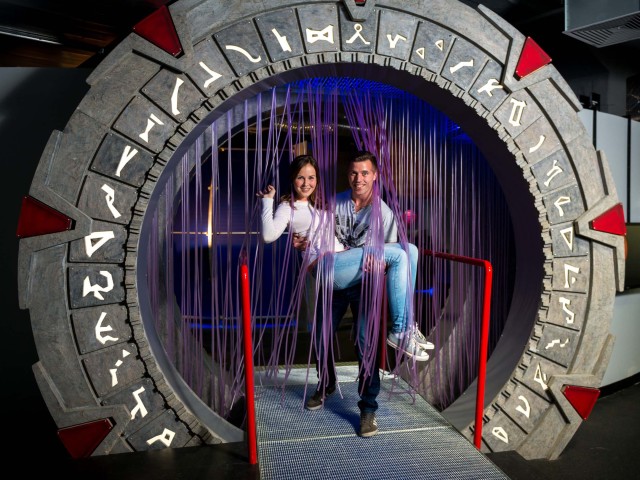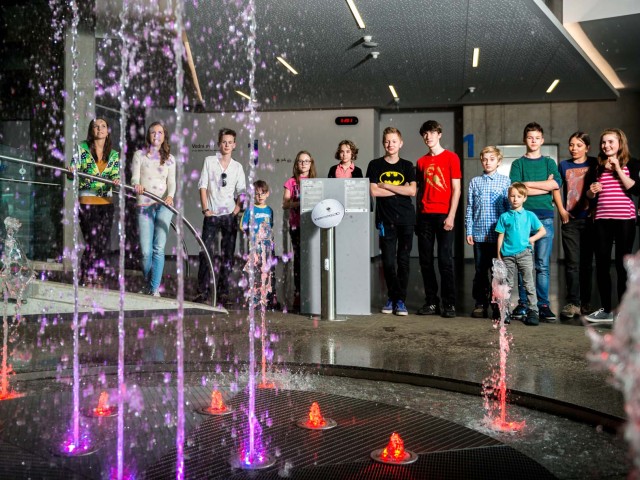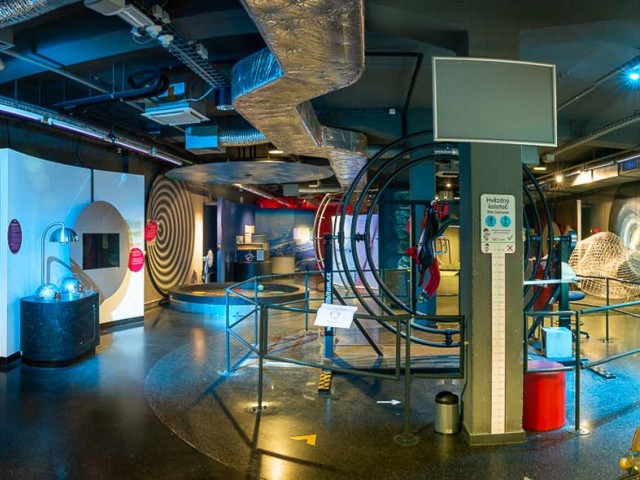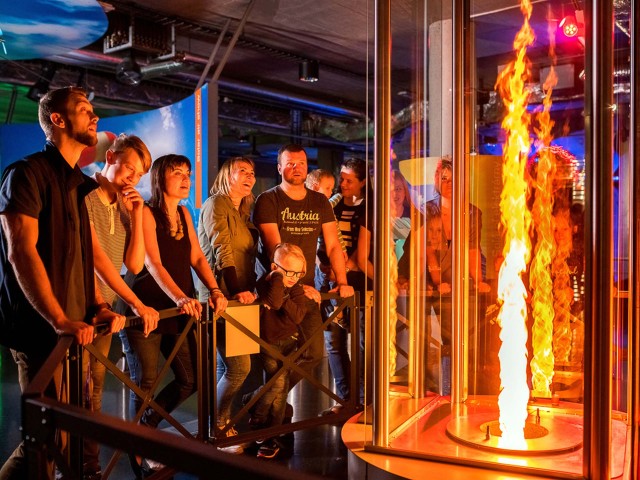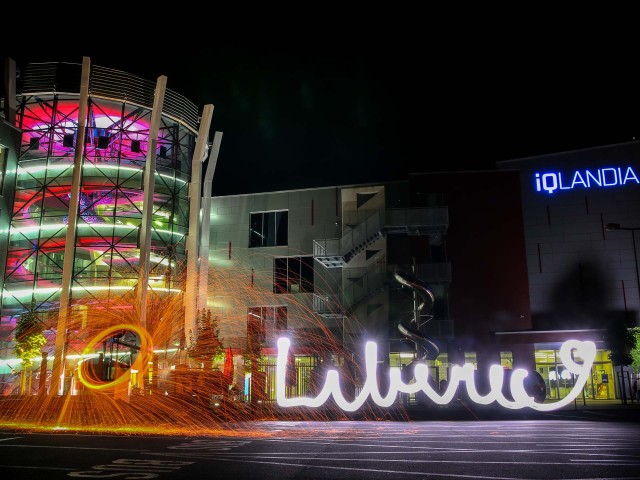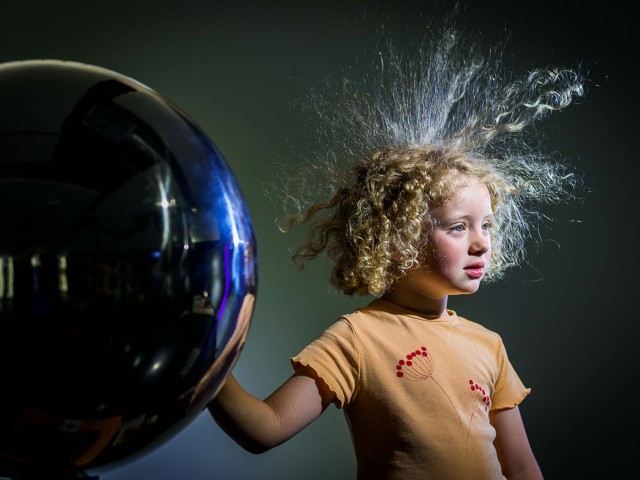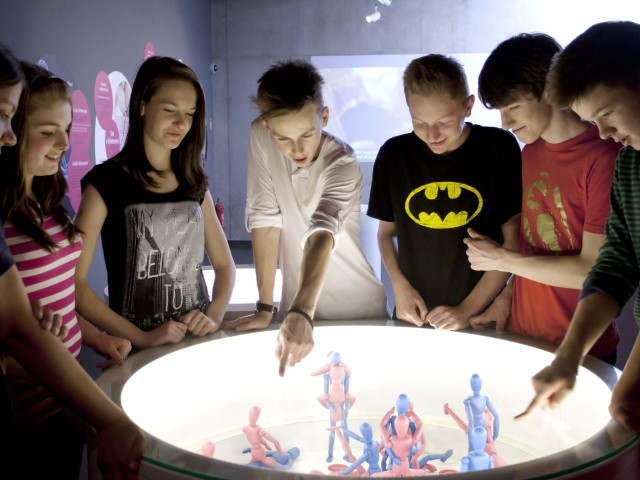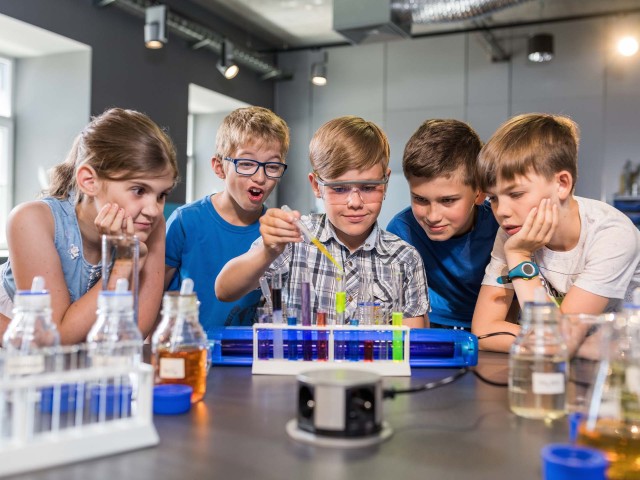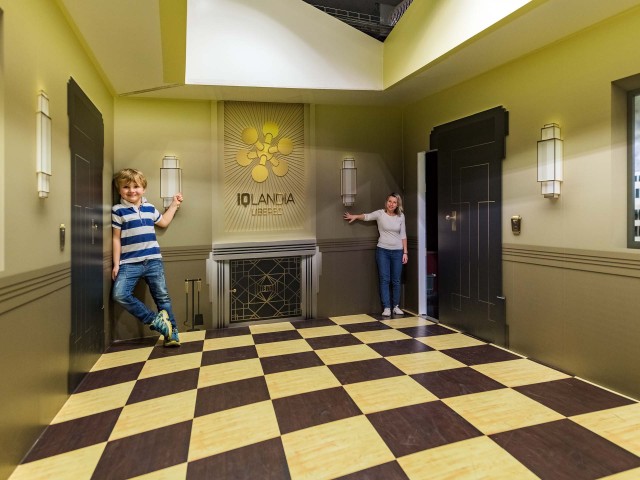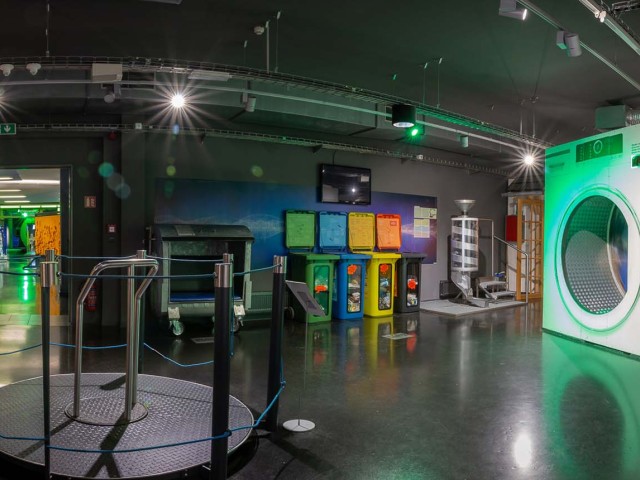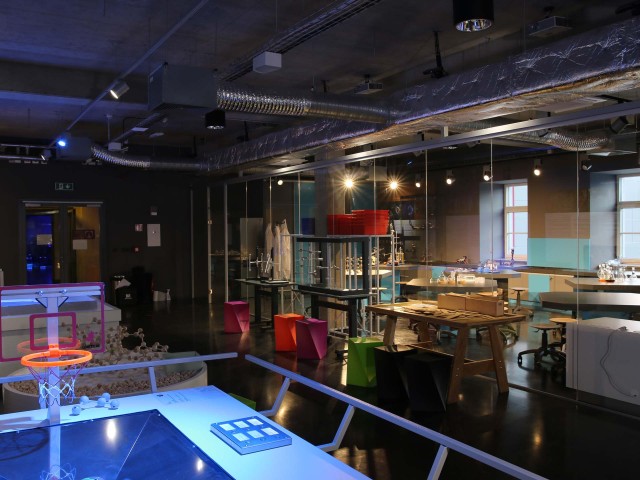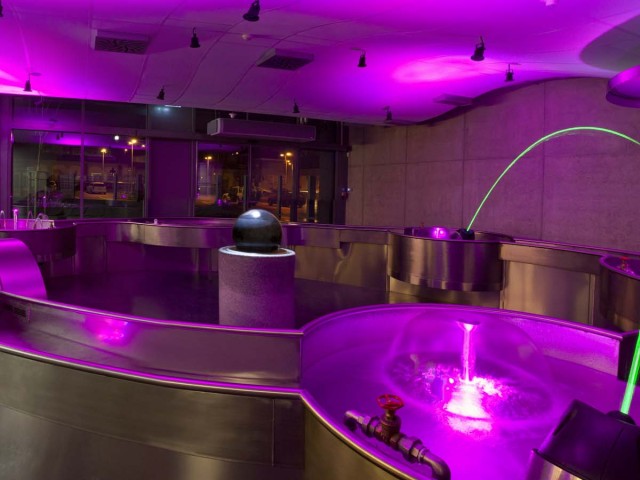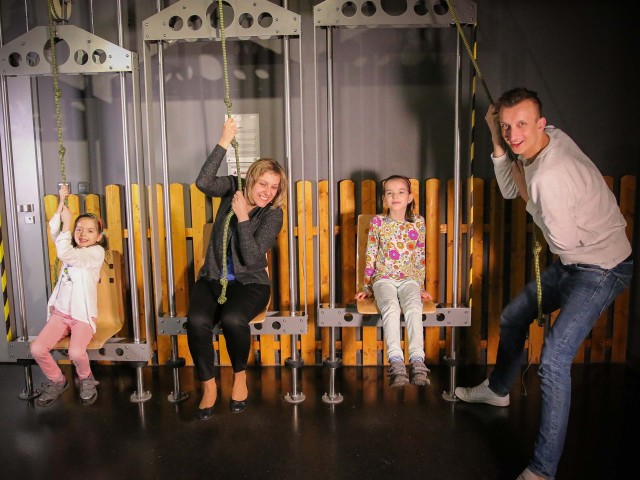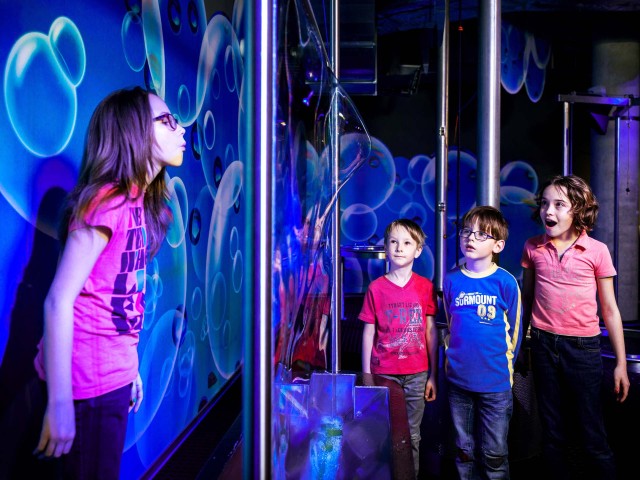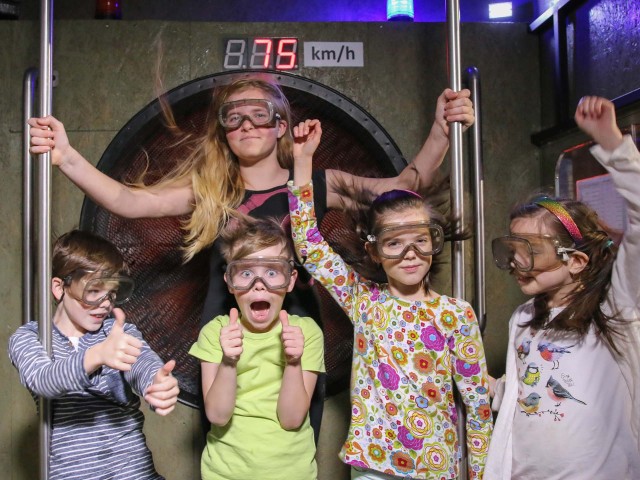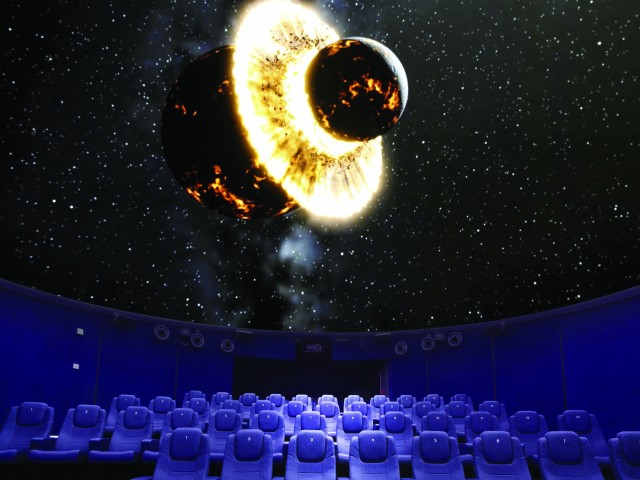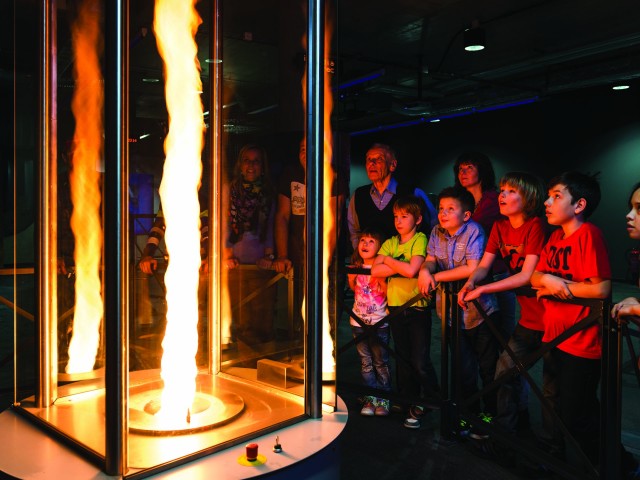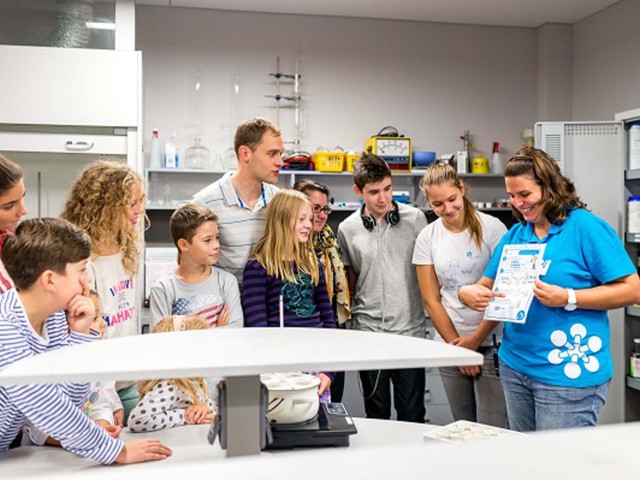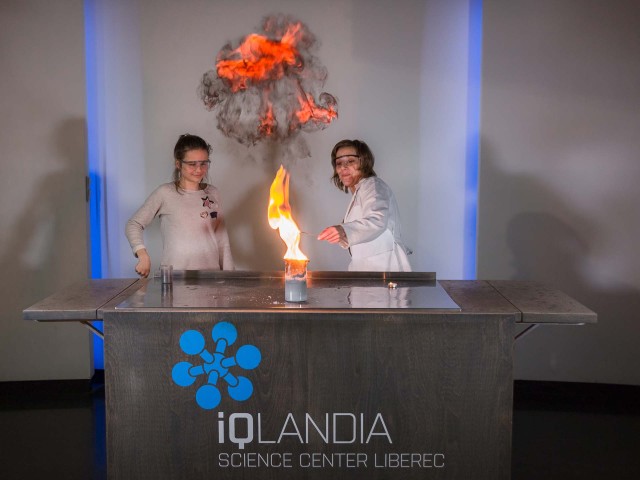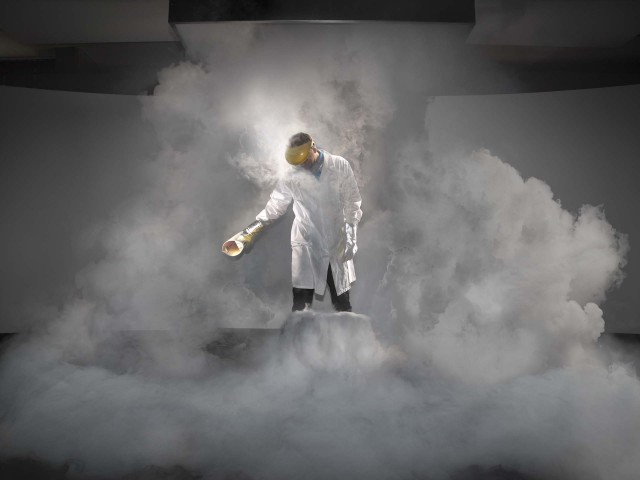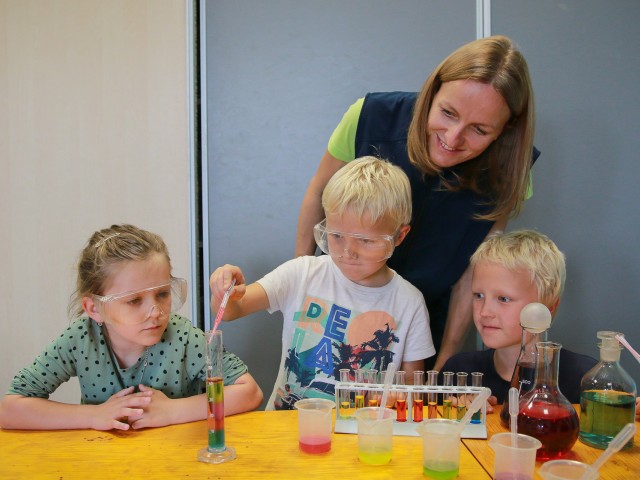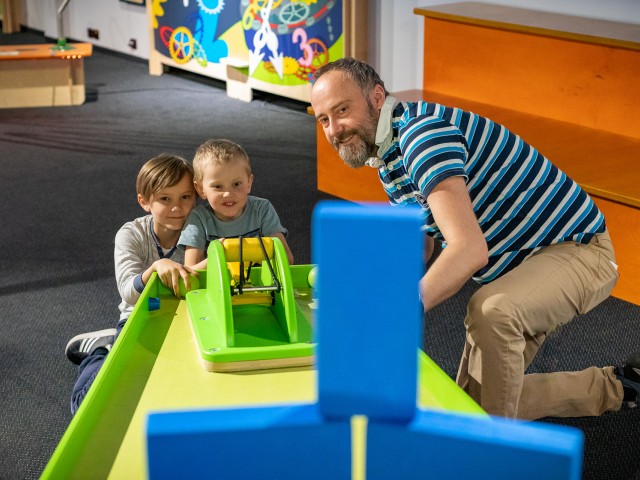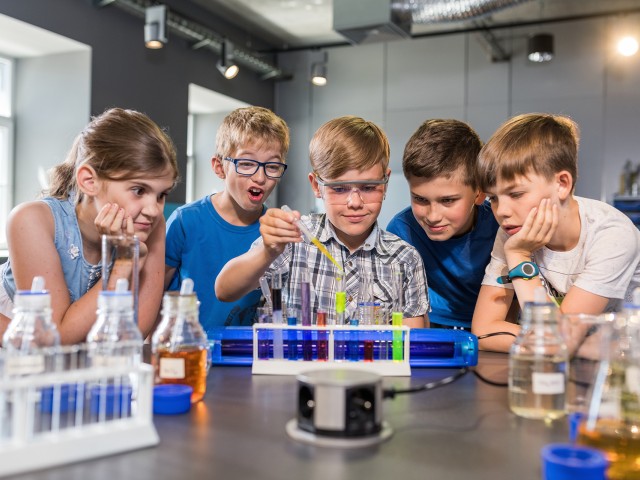
iQLANDIA - Science through play
A modern science entertainment center in Liberec
Public
Find out the differences between the worlds of iQLANDIA and iQPARK and choose the right place for you. Buy your tickets in advance - always cheaper online!
Schools
Discover our selection of educational programs for schools and kindergartens. Polytechnics, biology, geography, chemistry, physics - we have everything related to science.
Companies
Book a traveling exhibition, space rental or a corporate event. We also offer various opportunities for cooperation and partnership.
What's on?
Discover the worlds of iQLANDIA

8+ years old
Science and fun for the whole family. A four-storey science and entertainment center to introduce you to science in a playful way.
4–6 hours
Restaurant
Shop
Parking lot
Barrier-free


0–8 years old
A unique, fun and educational center for little researchers up to 8 years old! Four floors with interactive exhibits and facilities for even the smallest children.
4 hours
Lockers
Shop
Parking lot
Barrier-free
Buy tickets in advance
Tickets and packages with up to 20% off, online only.
-
Standard
loading -
Discounted
Child 3-15 years, ISIC/ITIC, EYCA, senior 65+, disabled and disabled/guided
loading
Fun package
+
-
Standard
loading -
Discounted
Child 3-15 years, ISIC/ITIC, EYCA, senior 65+, disabled and disabled/guided
loading
-
Standard
loading -
Discounted
Child 3-15 years, ISIC/ITIC, EYCA, senior 65+, disabled and disabled/guided
loading




